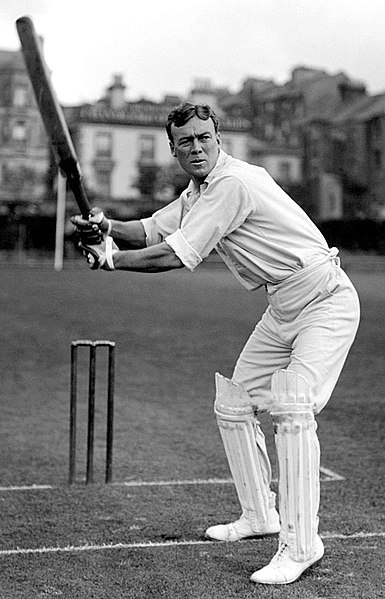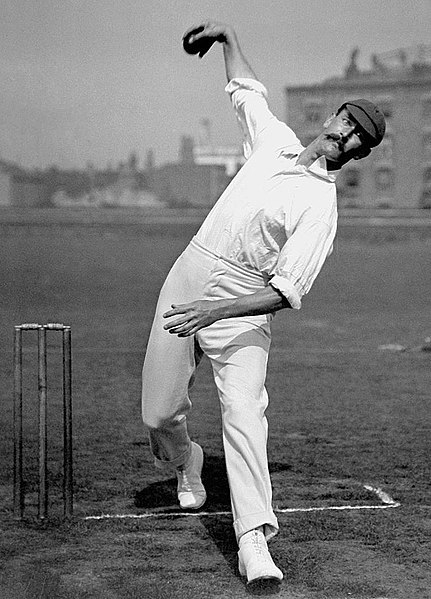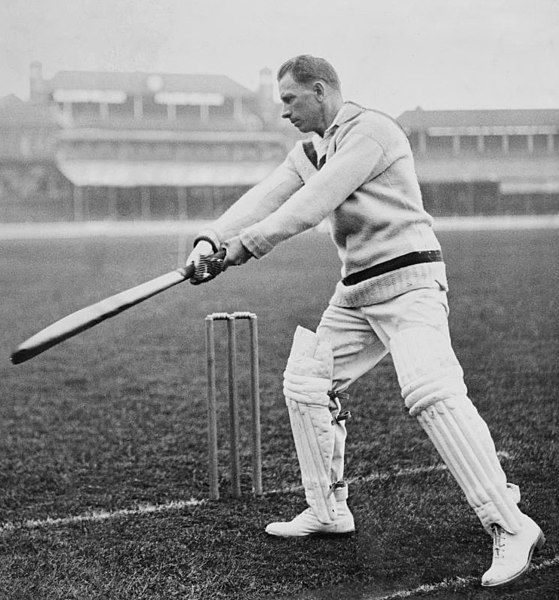James Hugh Sinclair was a South African cricketer who played in 25 Test matches from 1896 to 1911. He scored South Africa's first three Test centuries and was the first person from any country to score a century and take five wickets in an innings in the same Test. He is one of the fastest-scoring Test batsmen of all time.
Jimmy Sinclair
South Africa national cricket team
The South Africa men's national cricket team, also known as the Proteas, represents South Africa in men's international cricket and is administered by Cricket South Africa (CSA). South Africa is a full member of the International Cricket Council (ICC). Its nickname derives from South Africa's national flower, Protea cynaroides, commonly known as the "King Protea".
Jimmy Sinclair, who holds the record for the highest strike rate in the history of Test cricket
Aubrey Faulkner, regarded as the first great South African all-rounder in international cricket. In a legendary 25-match Test career spanning from 1906 to 1924, he scored 1754 runs at 40.79 and claimed 82 wickets at 26.58
Reggie Schwarz, the pioneer of the googly and the 'googly revolution' in South Africa and one of the world's first great googly bowlers
Herbie Taylor, whose career spanned 20 years and 42 Tests, was the first South African to reach the landmark of 2,500 Test runs at an average of 40.77. He was the mainstay of the South African batting as well as one of the leading batsmen in the world from his debut in 1912 until his retirement in 1932. He was an expert on the matting pitches that were prevalent in South Africa at the time and scored six of his seven centuries at home. His batting was also noted for quick footwork and exceptional 'back play'.




